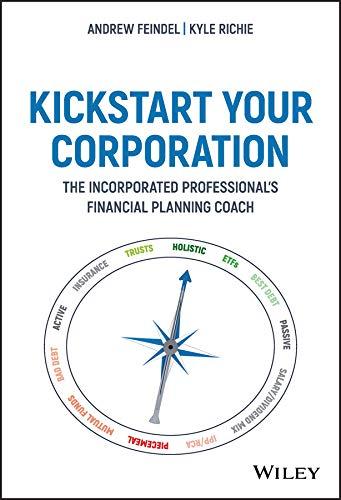Question
You must analyze a potential new product. The R & D department of Cori Materials has developed a caulking compound for use in residential construction.
You must analyze a potential new product. The R & D department of Cori Materials has developed a caulking compound for use in residential construction. Cori's marketing manager believes that the company can sell 115,000 tubes of the compound per year for 3 years at a price of $3.25 each. After 3 years, they believe the product would be obsolete. The purchase price of the required equipment would be $175,000, and the equipment is eligible for 100% bonus depreciation. The product would require an investment in net operating working capital of $20,000 up front, and this would be returned at the end of the project. The variable cost per unit is $1.95, and the fixed costs would be $70,000 per year. At the end of the 3rd year, the equipment could be sold for $15,000. Cori's tax rate is 25%. They estimate that bonds could be issued with a yield of 6%. The company does not use preferred stock. The company expects to use 40% debt and 60% equity and the equity can be provided completely through the use of retained earnings. Cori just paid a dividend of $3.00 per share and the dividends are expected to grow at a rate of 5% per year. The stock is currently selling for $30.50. The company has a beta of 1.34, the risk free rate is 5%, and the expected return on the market is 12% a. Compute the company's WACC. b. Compute the initial investment outlay at year 0. c. Compute the annual cash flows for years 1, 2, and 3 (including the sale of the equipment and the recovery of the NOWC at the end of year 3). d. Calculate the project's NPV, IRR, MIRR, and payback. e. Should the company make the investment? Why or why not?
f. Suppose you now learn that the company incurred R & D costs related to the product that were paid and expensed last year. How would this affect your assessment? g. If the new project would reduce cash flows from Cori's other projects and if the new project would be housed in an empty building that Cori owns and could sell, how would those factors affect the project's NPV? h. The CFO is not too confident that the costs will be able to be controlled effectively. Recompute NPV by changing fixed costs up and down by 20%, then by doing the same with the variable costs. What are these four additional NPV amounts? Is the project more sensitive to changes in fixed costs or in variable costs?
Step by Step Solution
There are 3 Steps involved in it
Step: 1

Get Instant Access to Expert-Tailored Solutions
See step-by-step solutions with expert insights and AI powered tools for academic success
Step: 2

Step: 3

Ace Your Homework with AI
Get the answers you need in no time with our AI-driven, step-by-step assistance
Get Started


